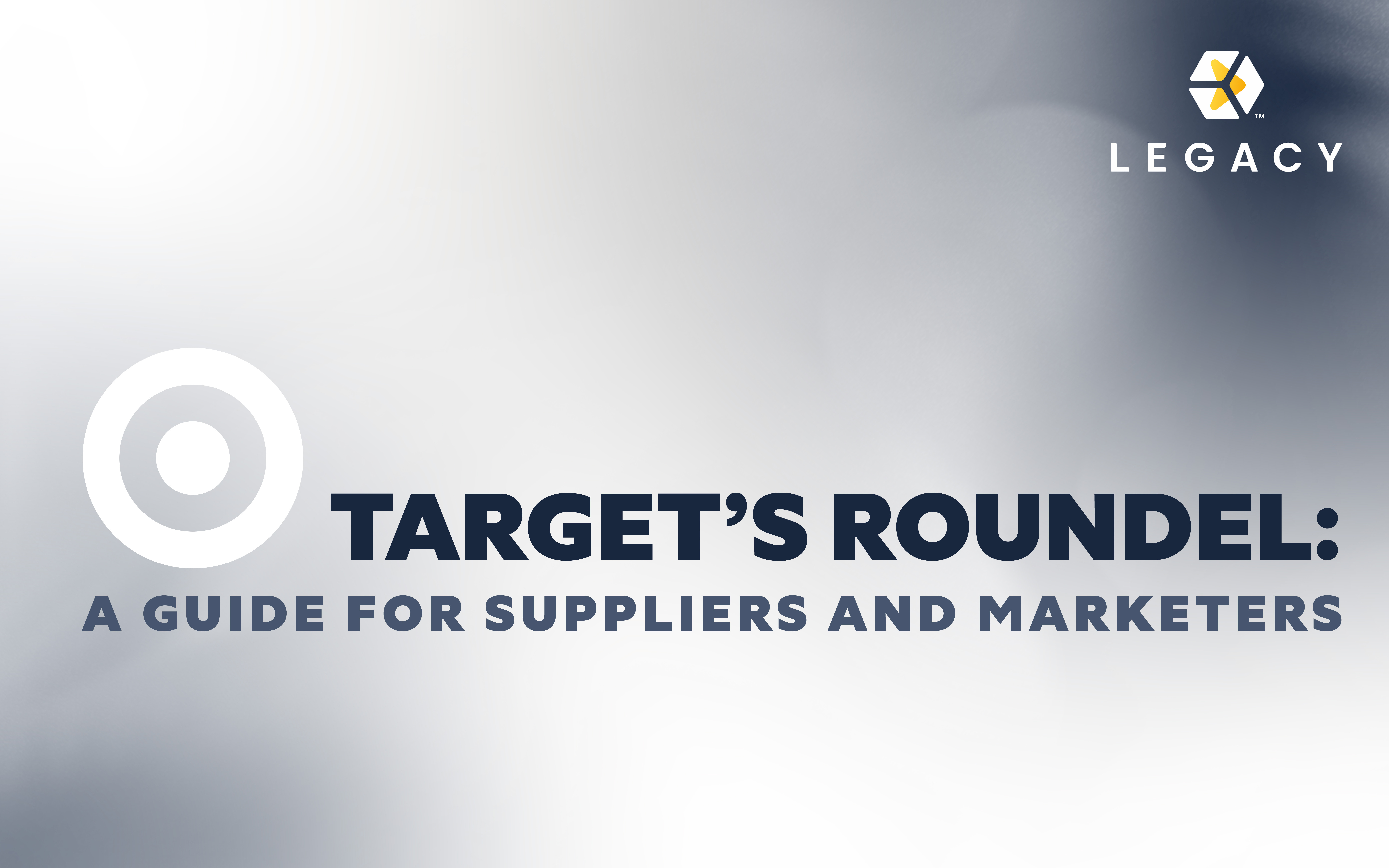Congratulations! You’re now successfully selling your product to the mass and club channels (Walmart, Target, Costco, and Sam’s Club). But what about the many other opportunities in the North American market?
Of the top 100 retailers, Walmart, Target, Costco, and Sam’s make up nearly 20% of the U.S. retail market. This leaves trillions of dollars in retail sales you could tap into.
Continue reading to learn the 5 keys to having success in retail channels outside of the major retailers.
-
Understand Your Target Consumer
Ask yourself these questions:
How frequently do my target consumers buy? What size packs do they prefer? What’s their price elasticity? What conveniences do they want when purchasing? Do they interact with my product category online?
Answering the above inquiries is a good starting point for understanding your consumer. And remember to place the right product in the right channel: drug, convenience, and grocery channels have unique nuances.
-
Understand Your Product Cost
Selling EDLP to the top retailers is relatively simple, but selling the same to alternate channels requires more cost planning.
You have to ask, does the retailer require ‘slotting’ fees to get pallet space in their DCs? Have I allocated enough marketing and promotional dollars for monthly and quarterly campaigns and promotional assets? This could be TPRs, BOGO, and endcap/floor displays.
You should also ask, what is the sales velocity in my chosen channel? Outside of mass and club channels, there will be slower turns on most non-food items, so care must be taken to ensure that you do not create an excessive supply.
And remember, deductions, deductions, deductions! ALWAYS anticipate and allocate dollars toward these costs. Be conscious that some retailers will push you towards distributors, which will mean additional fees.
-
Cultivate Relationships With Category Managers and Buyers
Constantly communicate your wins, challenges, and supply chain issues with category managers. These experts will utilize their knowledge of marketing, merchandising, pricing, sales data, and in-store product placement to adjust your strategy so that you can see greater sales.
And keep up an ongoing conversation with your buyers. This will ensure you’re constantly moving towards their expectations and that you can alter vital elements of your strategy in the case of economic or societal shifts.
-
Have A Clear and Concise Marketing and Promotion Plan
Like the major retailers, these alternate channels will require you to have an effective marketing plan. This means it will need to be measurable and actionable. Commit to your plan, but always be ready to pivot when needed.
-
Have Item Performance Knowledge
To know whether you’re meeting your goals, answer these questions:
Are we performing at the expected velocity? Are our promotions executing as projected? How well is our competition performing?
The points laid out in this blog were just quick highlights and not fully inclusive. Still, they should serve as a good starting point. If you’re a vendor looking for professional assistance in expanding your reach beyond the major retailers, contact Legacy Retail by clicking here.




